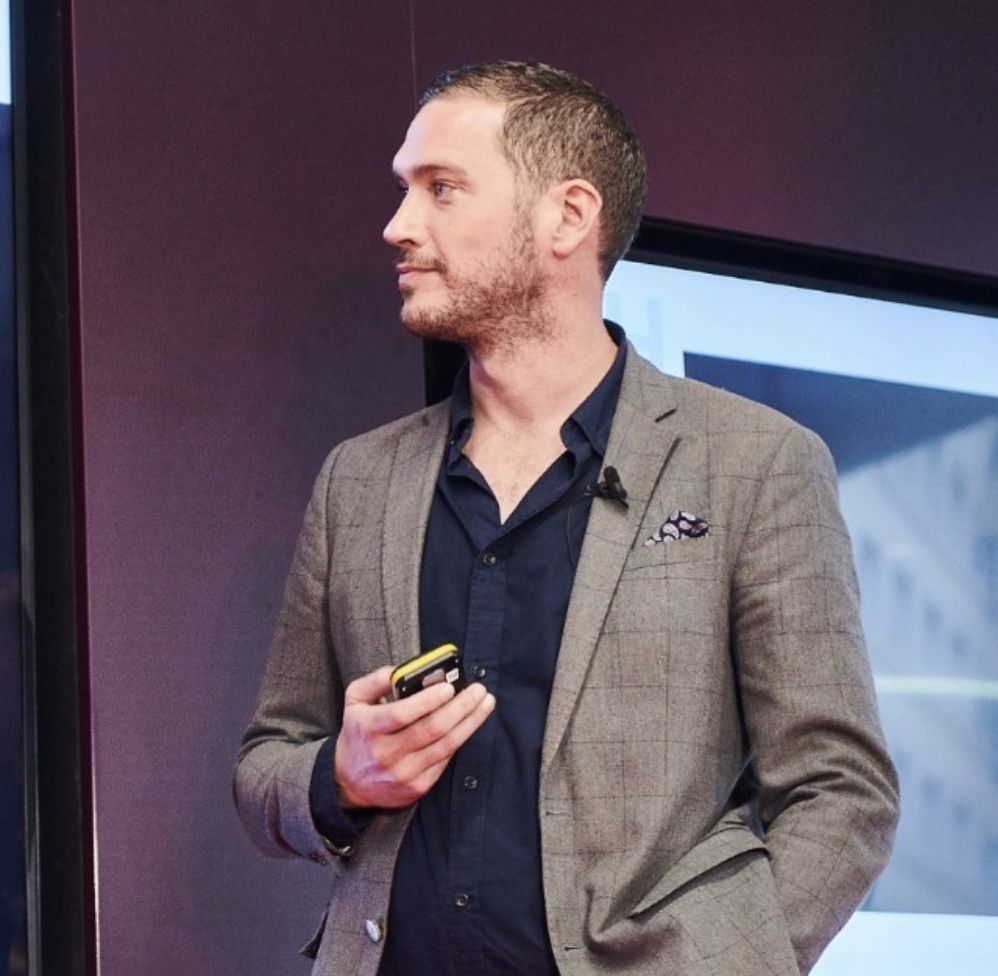
If you work in the consumer packaged goods (CPG) sector, you have probably sat through more than your fair share of high-level, rather vague discussions about artificial intelligence. The promise is vast, yet for many organisations the reality is far more challenging. Recent studies from MIT and BCG reinforce this point, showing that the majority of in-house AI initiatives fall short of business expectations.
So why does this happen?
That question sat at the heart of our recent R.A.I.N. Roundtable, an intimate gathering of senior decision-makers focused on what it truly takes to scale AI in CPG. R.A.I.N. stands for Real AI Narratives, a format designed to bring leaders together for grounded, practical discussion rather than more theoretical debate. The consensus was clear: success is not about the technology itself, but about context and focus. The companies making real progress are embedding AI into specific, high-value use cases that deliver measurable outcomes.
Joe Harper, Global Head of Content at Diageo, shared how he is tackling one of marketing’s most difficult challenges: how a global brand can produce high-quality, on-brand content at speed, in sufficient variety, and at a cost that keeps pace with digital commerce.
Traditional production models are too slow, too costly, and too fragmented for today’s demands. Diageo’s approach is to build an AI-enabled content system designed for speed, scale, and measurable impact.
Joe stressed that most AI initiatives fail not because of the technology, but because of context and change management. Key hurdles include redefining human operating models, ensuring brand safety, and the ongoing difficulty of measuring efficiency.
To address these challenges, Diageo developed a holistic transformation framework built around five engines: Content, Digital Commerce, Connected Data, Analytics and Effectiveness, and Scaled Reach, with AI woven throughout.
The results include faster time to market, lower costs, and scalable content creation. But progress brings tension, including questions around the role of marketers versus agencies, the impact of AI-driven efficiency on partner spend, and how to balance short-term delivery with long-term strategic evolution. In essence, progress introduces complexity, and how we manage that complexity will determine who gains a genuine competitive advantage.
Joe closed with a reminder that even the best content only drives value if it performs where shoppers discover and buy. Once the creative foundation is set, the next step is ensuring content appears accurately and effectively on the digital shelf, influencing search, visibility, and conversion.
Building on Joe’s perspective, I shifted the discussion to the next stage of the content journey: ensuring the assets produced actually perform on the digital shelf. From my work with global CPGs, this is where many brands encounter the same recurring issue. I call it the “Content Chaos Tax” — a hidden tax that costs sales, slows teams down, and erodes brand relevance.
The Content Chaos Tax typically appears in three forms:
Product data is scattered across DAMs, PIMs, and analytics tools that do not communicate. Without a single source of truth, teams waste time reconciling information, often leading to costly errors such as GTIN mismatches.
Inefficient, reactive workflows force teams into slow “digital store walks.” Fixing content becomes a multi-week exercise that touches only a small number of SKUs, and critical institutional knowledge disappears when staff move on.
Brands lack visibility into how retailers modify their content and rarely receive structured performance feedback. Without A/B testing or signal-based insight, multi-million-pound decisions end up being guided by assumptions rather than data.
The way forward is to replace fragmented, manual workflows with an Intelligent Content Engine — a connected ecosystem that unifies accuracy, insight, and optimisation. Through our work with leading CPGs, we have identified three capabilities that consistently move the needle:
Create a genuine source of content accuracy by connecting your PIM directly to the digital shelf. Continuous auditing surfaces errors, routes them to the correct owner, and automatically enforces brand compliance.
Use AI to fill critical gaps in backend attributes and improve site search visibility. If shoppers cannot find your product, they cannot buy it.
Combine shopper behaviour and competitor insight to refine titles and descriptions. Rapid A/B testing allows teams to validate what works and implement improvements in days, not months.
The RAIN Roundtable concluded with a clear message: AI is already reshaping content and commerce, but the brands seeing real impact are those embedding it within their operating models.
It is time to stop paying the Content Chaos Tax and begin earning the Content Dividend, turning content into a genuine growth lever.
As you consider your next steps, ask yourself:
Operating Model: Who truly owns AI operations in your organisation, and how are your agency partners adapting?
Technology: Are new AI tools integrated into your existing stack, or adding further fragmentation?
Capabilities: Where AI is deployed, how are you measuring efficiency and business impact?
The future belongs to leaders who move beyond experimentation and build connected, intelligent systems that scale.
If you would like to see how the Intelligent Content Engine works in practice, we would be delighted to show you real examples from leading CPGs and help identify where connected content operations can unlock growth for your brand. Reach out here.


1450+
retailers
100+
mobile apps
59
countries
250+
engineers and
data scientists
CommerceIQ is the only sales-focused, unified platform built specifically for ecommerce—combining sales, media and shelf data with role-specific AI teammates that deliver actionable, commerce-ready insights.
